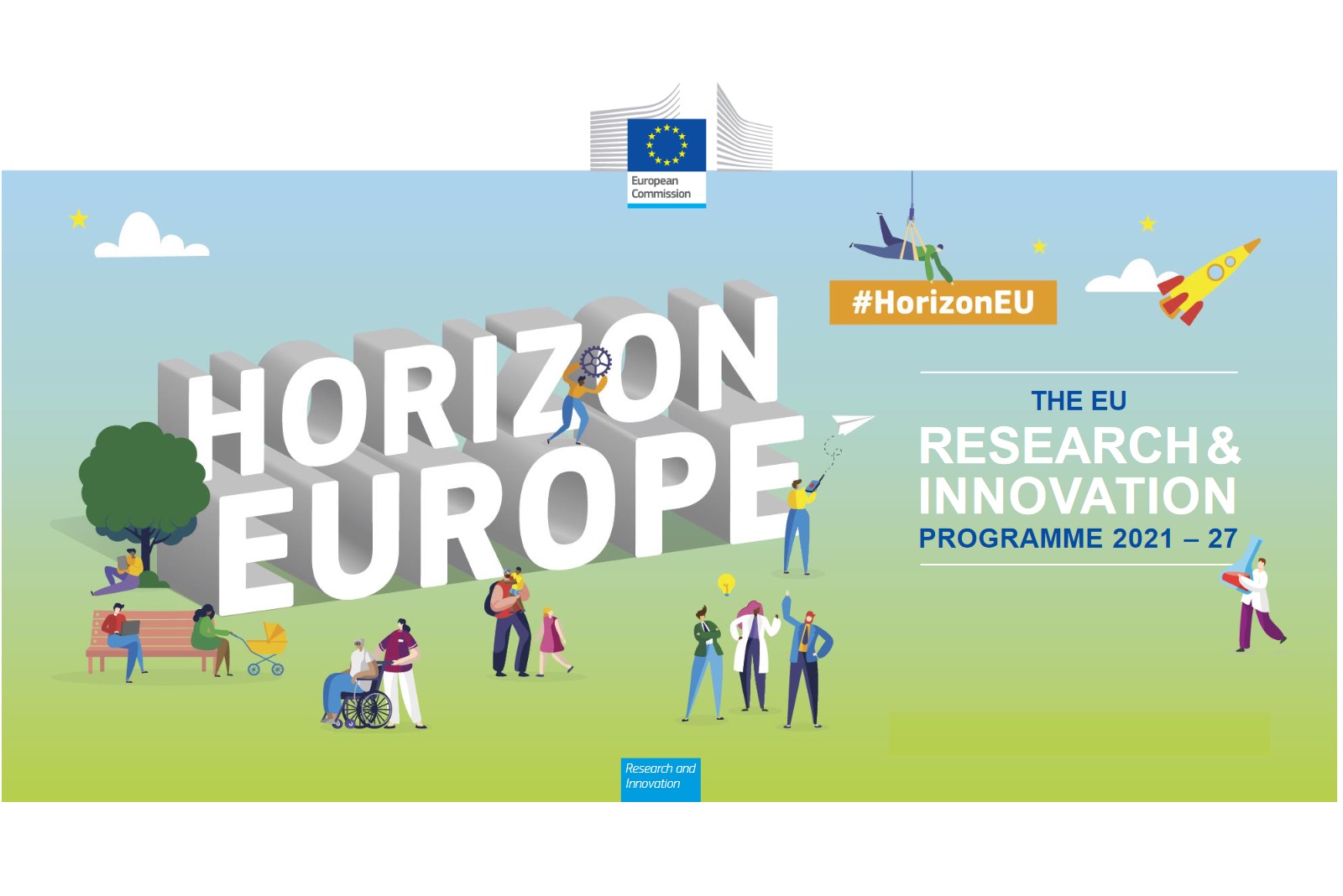
Shipping is frequently subject to prolonged waiting periods offshore before birthing and offloading cargo. Vessels waiting at anchorage pending the availability of port capacity reduce operational efficiency as well as increasing emissions, either whilst waiting or due to faster sailing speeds to arrive at port in case of birth availability. To avoid these situations, port call optimisation systems have been developed and are now being piloted. However, these have been generally limited to specific services. More widely applicable navigation and port call optimisation tools which can address the entire voyage, promote the most efficient sailing speeds to reduce emissions and ensure direct berthing without delay could substantially improve operational efficiency and reduce emissions.
Activities should take a holistic approach to the development and scale up of an integrated port scheduling and voyage optimisation tool to address real multi vessel traffic scenarios, focussing on vessel routing and voyage optimisation, minimising emissions and the eventual port call process, going beyond existing systems and combining the perspectives of both shipping and port operators.
Proposals are expected to address all of the following aspects:
- Develop collaborative harmonized collaborative standards and communication amongst relevant stakeholders to enable an interoperable optimisation system to be deployed across the operations of the stakeholders concerned. Thereby facilitate the real time sharing of operational digital data, supporting enhanced situational awareness and decision support to reduce emissions through lower total voyage fuel consumption. For example, the following functions may be included; cargo handling, port services, clearance, commercial services such as bunkering, onshore power connection, berth availability, terminal capacity, weather, sailing speed, voyage data etc. Standards should address security, resilience as well as potential integration within existing port infrastructures and their monitoring systems.
- Develop methodologies and tools to enable information sharing and optimisation of routes and time of arrival in real time, including decision algorithms that use methods such as AI, Edge Analytics, heuristics, and business analytics.
- Using existing routes and services, progressing beyond the state of the art, demonstrate the operation at full-scale of an interoperable port call and voyage optimisation tool towards at least three ports and two shipping companies in addition other stakeholders linked to port call operation.
- Consider system security as well as resilience and mitigation actions in case of failure.
- Carry out risk assessment for the developed solutions, using existing models (such as FSA, HAZOP, etc.) to support safety and business continuity in case of failure as well as regulatory development at IMO and EU level.
- Address the full voyage, including vessel positions far from port, to maximise emission reduction and operational efficiency benefits. Data sources should include among others weather, consumption, emission, traffic and port planning.
- Build upon existing systems, technologies and regulations (for instance, European Maritime Single Window and other national undertakings) to ensure direct applicability with existing requirements. Other innovative and new technologies can also be deployed.
- Develop and measure KPIs for efficiency from real cases, including calculation of the gains from the application of the solutions developed within the project. Measure the resulting reduction in emissions achieved as a result of the voyage and port scheduling optimisation system compared to a typical similar non-optimized service.
- Plans for the exploitation and dissemination should include a strong business case and sound exploitation strategy, as outlined in the introduction to this destination. The exploitation plans should include preliminary plans for scalability, commercialisation, and deployment (feasibility study, business plan) indicating the possible funding sources to be potentially used
Participation of end users in proposals is necessary. Commitment from end users towards the deployment of solutions developed in the project will be considered positively. All proposals will need to demonstrate a clear and credible pipeline from development to the operational deployment of the solution following the projects end.
This topic implements the co-programmed European Partnership on ‘Zero Emission Waterborne Transport’ (ZEWT). As such, projects resulting from this topic will be expected to report on results to the European Partnership ‘Zero Emission Waterborne Transport’ (ZEWT) in support of the monitoring of its KPIs.

